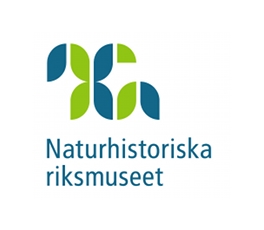TAF Management
To ensure the smooth and consistent management of the Access provision across all TAFs

To ensure the smooth and consistent management of the Access provision across all TAFs
The improvements to NH virtual collections as a result of improved digitisation methods will, over time, change the face of Access and reduce the need for lengthy physical visits. NH institutions will increasingly be able to send digital surrogates that are of excellent research quality. This new form of access will be of benefit not only to the European research community but also to researchers in Third Countries who wish to undertake collaborative research with European scientists using collections based in Europe.
In 2008, the EU-funded EDIT project held a symposium on future trends in taxonomy for the 21st century. This will be used as a baseline document and workshop will be held on the sustainability of NH collections. This will result in a roadmap for European NH institutions to progress in a unified manner to meet the changing demands of research. The roadmap will be passed to CETAF for continued implementation.
Improve access to virtual and new physical collections by making all data outputs freely available and open access. For peer-to-peer use the key portal for specimen data will be GBIF. For a wider audience including the public and media the newly accessible data will be made available on established open access outlets, e.g. Europeana.
Promote the outputs of SYNTHESYS3 both within and outside of Europe, including:
Promotion of CSAT (NA2, task 3.1) internationally to allow institutions in Third Countries to assess the status of their CM and provide information on where they need to adopt better standards.
The crowdsourcing website (JRA, task 2.2) will be promoted to appropriate European stakeholders (Task 1.4).
Work with Biological Resource Centres and ESBB to establish a network of DNA and tissue banks in Europe. Advice will be sought from seed and germplasm banks who have already overcome some of the potential issues for their specific group of organisms. The aims of this network will be to:
1) Enable easy access and exchange of DNA, RNA, and tissue samples
2) Coordinate the use of protocols to improve the storage of and access to collections (with Task 1.1)
3) Extend the international participation in the DNA Bank Network
Develop protocols for collecting data from sequencing activities on NH collections and feedback on the success of different methodologies. Working alongside the CPB, NA2 aims to produce a Memorandum of Understanding for a European protocol.
Creation and use of DNA Libraries (developed in SYNTHESYS2) will be reviewed for feasibility of implementation at institutional scale by European NH institutions. Host a two day workshop to assess the scope and protocols for common integration. Day one will be used to demonstrate the outputs of the previous
SYNTHESYS JRA outcomes, which are methodologies for optimal extraction of DNA from NH collections. Day two will be used to agree priorities and integrated strategies for the creation of DNA libraries.
